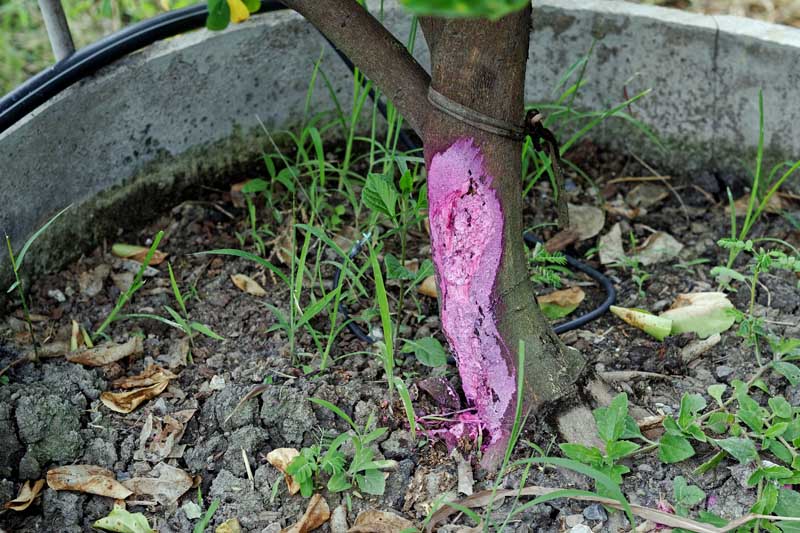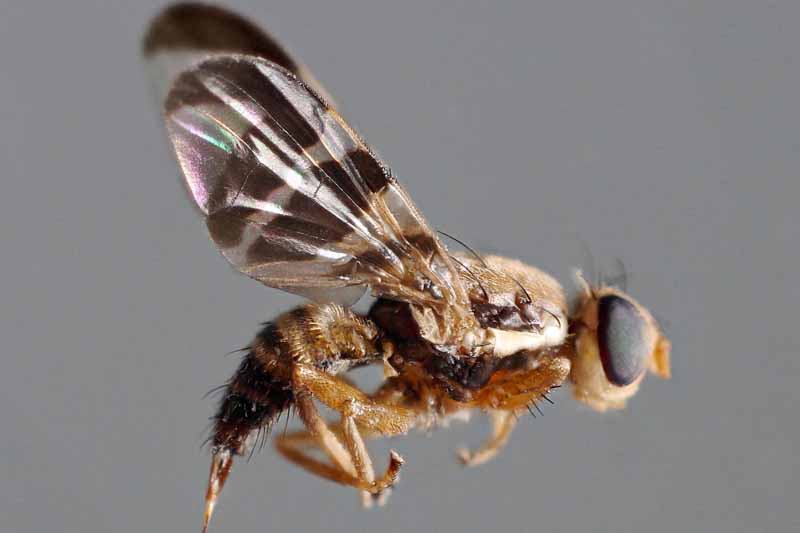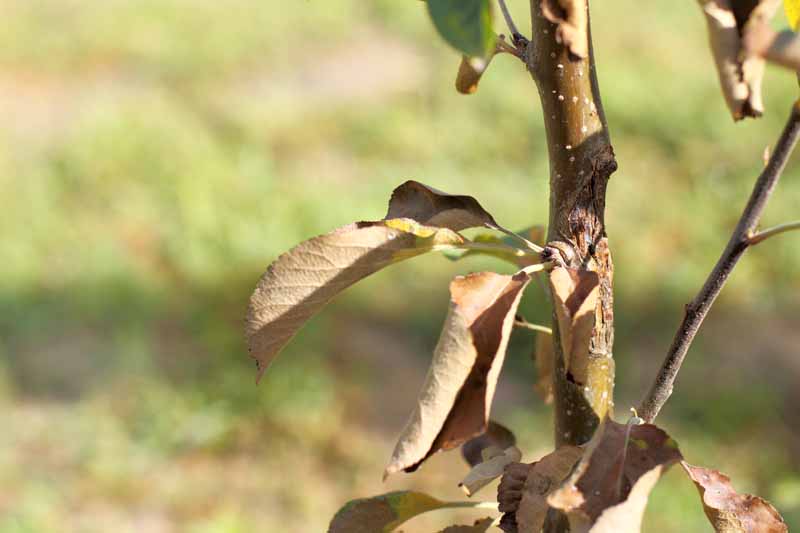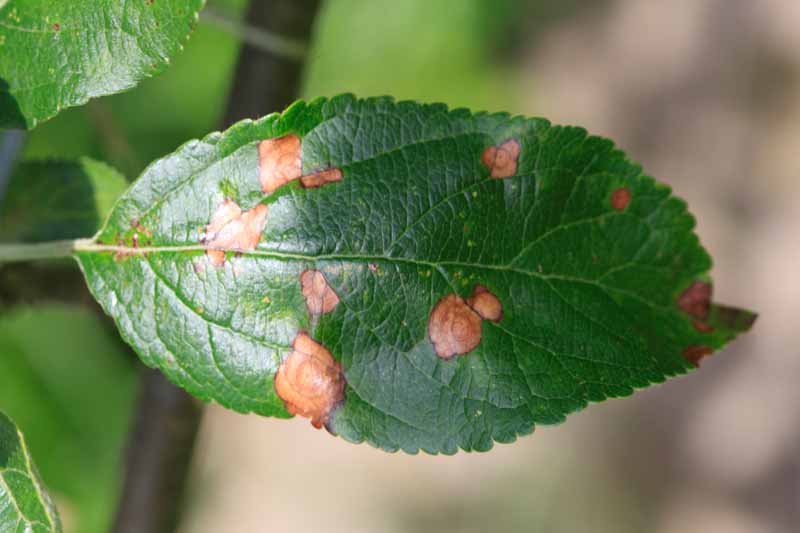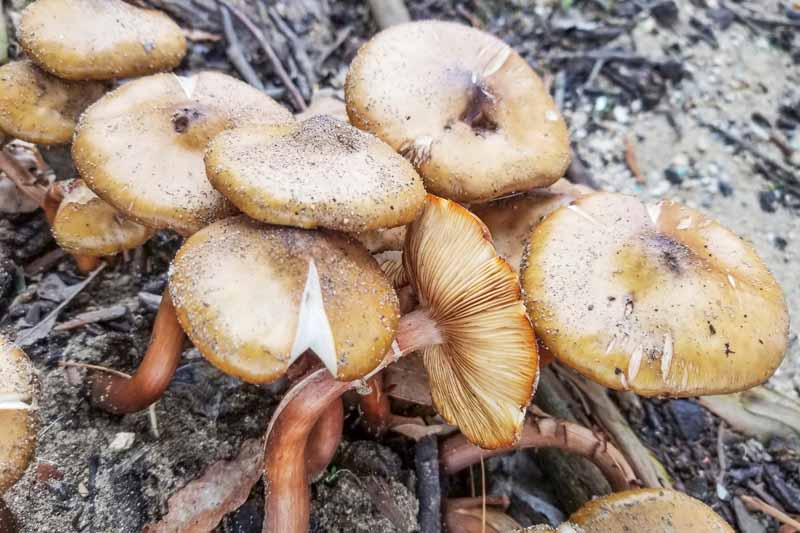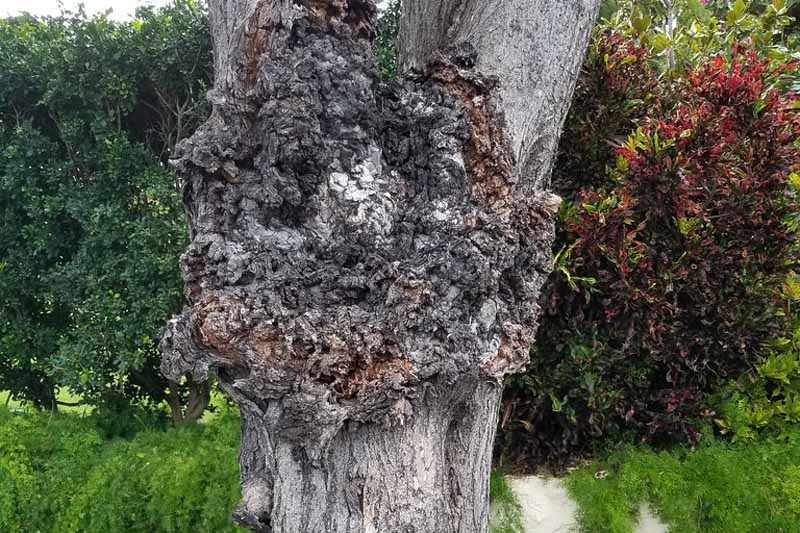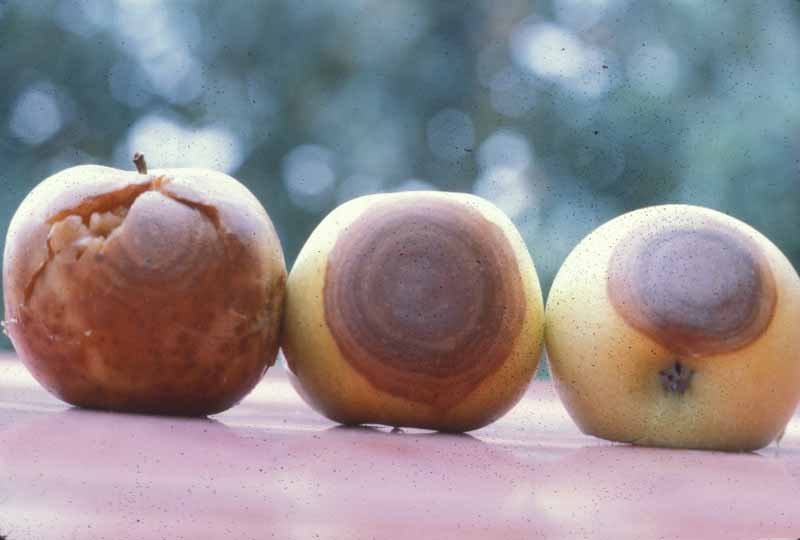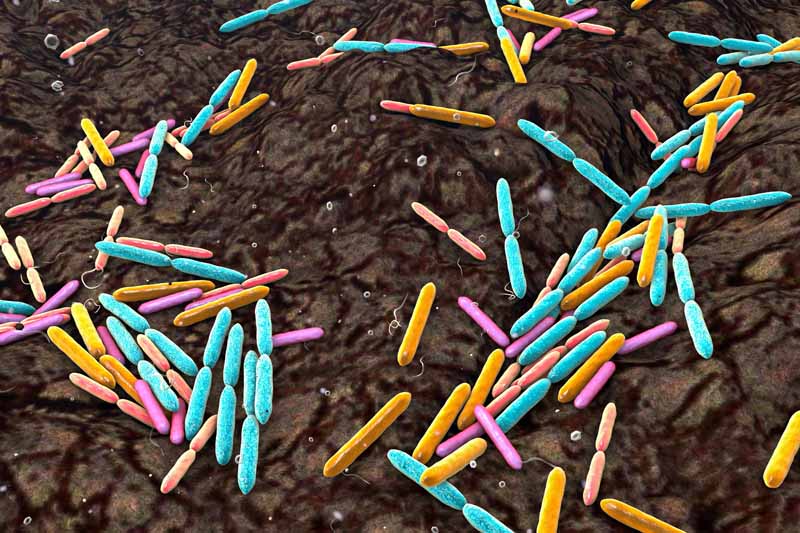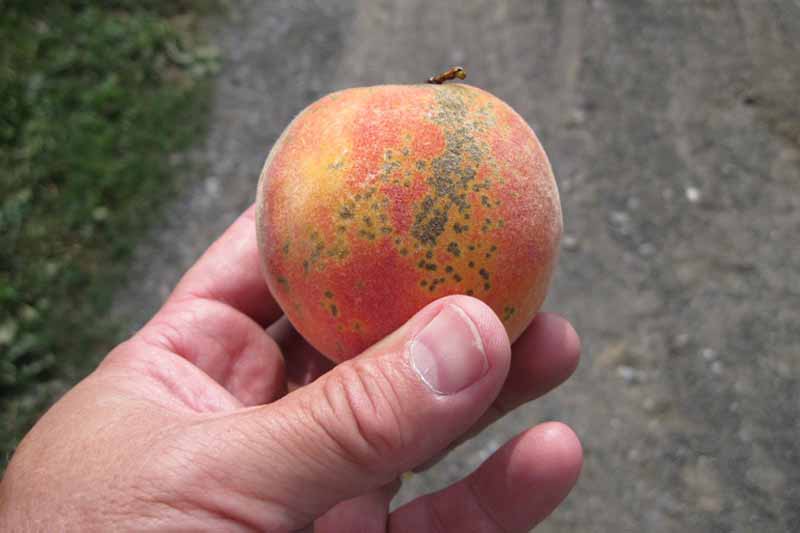How to Identify, Prevent, and Treat Collar and Crown Rot in Fruit Trees
Wet soils encourage the development of fatal Phytophthora infections on fruit trees. However, you can take measures to prevent these infections. Read on to learn how to avoid collar and crown rot on your trees.
